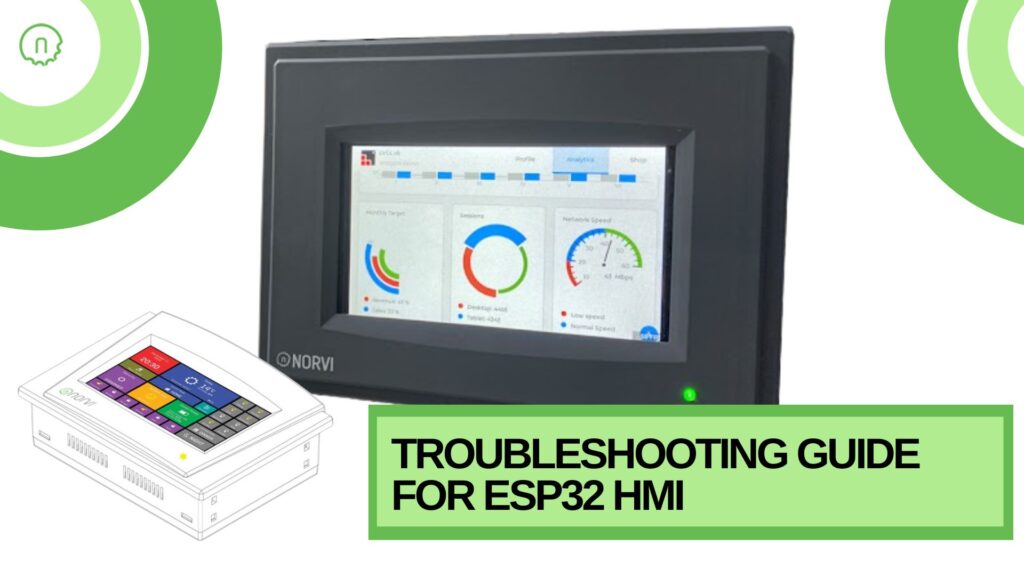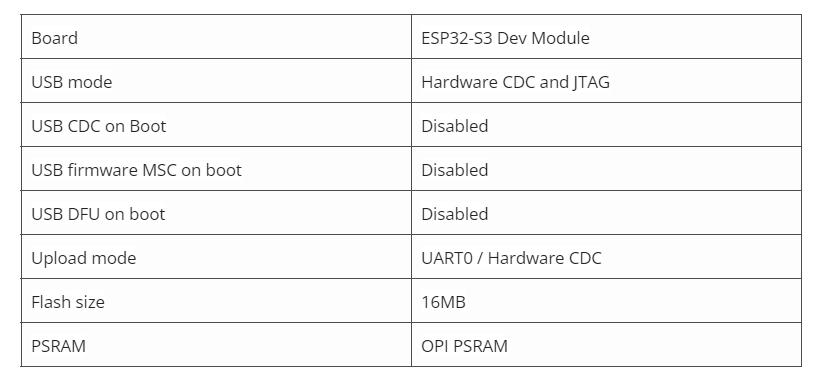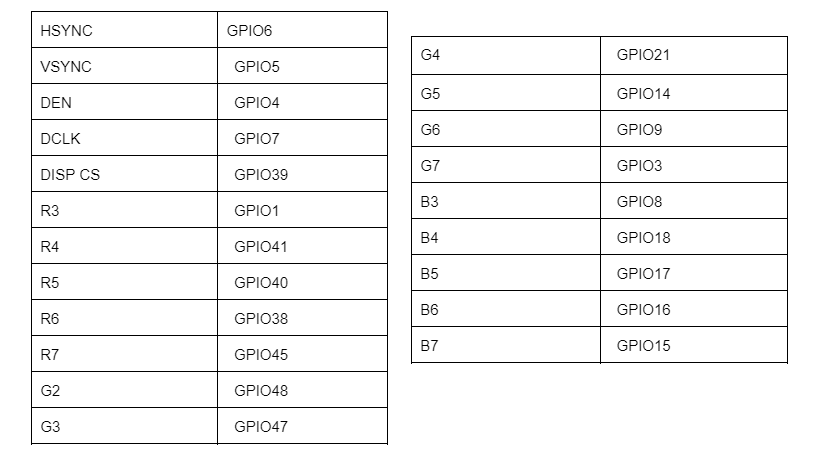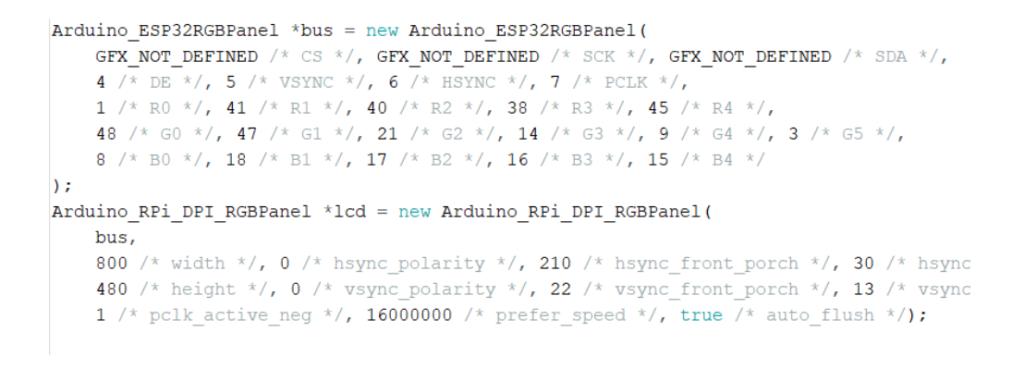
Troubleshooting Guide for ESP32 HMI : Common Issues & Solutions for NORVI ESP32 HMI with LVGL


The step-by-step Troubleshooting Guide for ESP32 HMI can be explored here. Possible problems and solutions are described in this article.
Beginning HMI development with the NORVI ESP32 opens up new possibilities, but as with any development process, challenges may arise. This troubleshooting guide is intended to help developers by addressing common issues encountered while developing ESP32 HMI on NORVI and providing practical solutions to keep your projects on track. 9 possible problems and solutions as a Troubleshooting Guide for ESP32 HMI is listed as follows;
Problem: Unstable Wi-Fi or Bluetooth connections.
Solutions:
Problem: Unable to compile LVGL Code / Error detecting libraries
Solution:

Install all the following libraries and make the provided Changes to the library.
Problem: The display stays black and does not show the content
Solution:


Problem: The HMI device repeatedly restarts, preventing normal operation.
Solution:

Problem: Unexpected glitches, flickering, or distorted UI rendering.
Solution:


Copy the lv_conf.h file and replace it under the Arduino library file, it must be in the same root directory as the library TFT_eSPI. If there is an existing lv_conf.h file needs to be replaced. Need to copy the demos folder in the lvgl library file to the src folder in the lvgl library file.
Problem: Inaccurate or unresponsive touchscreen input.
Solution:
#define TOUCH_XPT2046
#define TOUCH_XPT2046_SCK 12
#define TOUCH_XPT2046_MISO 13
#define TOUCH_XPT2046_MOSI 11
#define TOUCH_XPT2046_CS 39
#define TOUCH_XPT2046_INT 42
#define TOUCH_XPT2046_ROTATION 2
#define TOUCH_MAP_X1 270
#define TOUCH_MAP_X2 3800
#define TOUCH_MAP_Y1 3600
#define TOUCH_MAP_Y2 330
it defines mapping parameters for the X and Y axes along with other configuration settings such as pins.
Access the relevant calibration code. Modify parameters like TOUCH_MAP_X1, TOUCH_MAP_X2, TOUCH_MAP_Y1, and TOUCH_MAP_Y2 in the code, starting with default values and making incremental adjustments. Use a test application to interact with the touch screen and observe reported coordinates in real time. Guide yourself through touching specific points and iteratively adjusting calibration values until reported coordinates align with touched points. Consider factors like rotation and axis swapping (TOUCH_SWAP_XY). Document final calibration values in the code and provide visual feedback for touch detection.
Problem: Incompatibility issues with firmware or LVGL versions.
Solution:

Problem: Issues with integrating sensors or external devices.
Solution:
4 x Digital Inputs
4 x Analog Inputs 0-10V
4 x Transistor outputs
Problem: Difficulty in identifying the root cause of issues.
Solution:
The Troubleshooting Guide for ESP32 HMI was crafted to serve as an informative article, emphasizing precautionary measures. Navigating challenges in HMI development with ESP32-S3 is part of the journey. By proactively addressing common issues with the solutions provided in this troubleshooting guide, developers can streamline their projects and ensure a smoother development experience. Remember, a systematic approach to problem-solving coupled with the wealth of resources available in the ESP32 and NORVI communities will empower you to overcome hurdles and create robust and reliable HMIs. Hope the Troubleshooting Guide for ESP32 HMI is useful for your innovative projects.
We use cookies to improve your experience on our site. By using our site, you consent to cookies.
Websites store cookies to enhance functionality and personalise your experience. You can manage your preferences, but blocking some cookies may impact site performance and services.
Essential cookies enable basic functions and are necessary for the proper function of the website.
Google reCAPTCHA helps protect websites from spam and abuse by verifying user interactions through challenges.
Google Tag Manager simplifies the management of marketing tags on your website without code changes.
WooCommerce is a customizable eCommerce platform for building online stores using WordPress.
Statistics cookies collect information anonymously. This information helps us understand how visitors use our website.
Google Analytics is a powerful tool that tracks and analyzes website traffic for informed marketing decisions.
Service URL: policies.google.com
SourceBuster is used by WooCommerce for order attribution based on user source.
Marketing cookies are used to follow visitors to websites. The intention is to show ads that are relevant and engaging to the individual user.
You can find more information in our Cookie Policy and NORVI CONTROLLERS Privacy Policy.